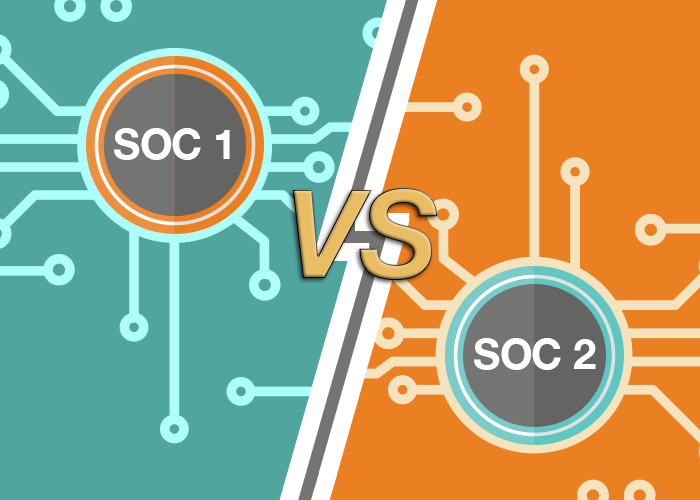A Strong understanding of SOC 1, 2, and 3 reports is essential to articulate services and internal control processes to user organizations. If you work in executive management for a service company, your days are likely to be filled with a variety of tasks, meetings, and other customer or employee issues. Regardless of how busy you are, the Service Organization Controls (SOC) reporting framework is an important topic for your service organization.
Many service providers are undecided about whether they should decide on a SOC 1 vs SOC 2 audit. Audits of Service Organization Controls (SOC) are becoming more and more essential to retain and engage new consumers. In terms of procedure, these two audit operations are fairly similar, yet they serve quite different reasons for the clients. The SOC reports focus on controls addressed by five semi-overlapping categories called Trust Service Principles which also support the CIA triad of information security.
- Security: The system is secure against unauthorized access both physical and digital
- Availability: The system is accessible for use as agreed upon.
- Confidentiality: The system secures data that is has been designated confidential by the user entity or stated within the agreement
- Processing Integrity: The system processes information accurately, comprehensively, and only by authorized users.
- Privacy: User information is accumulated, stored, shared, and destroyed in accordance with the user entities’ privacy notice.
It is important to understand the differences between SOC 1 and SOC 2 to build a comprehensive and robust due diligence package that provides your clients with the peace of mind they need.
Differences between a SOC 1 Report and a SOC 2 Report
- Purpose:
A SOC 1 audit aids a service provider in reviewing and reporting on the controls that apply to their client’s financial statements.A SOC 2 audit, on the other hand, examines and reports on the organization’s data security, data availability, data processing integrity, data confidentiality, and data privacy controls.
- Control Objectives:
Controls for processing, maintaining, and protecting customer personal information in business activities and IT activities are among the control priorities for a SOC 1 audit.
However, a SOC 2 audit’s monitoring objective is frequently a combination of some or all of the five criteria. Some service agencies, for example, may need to examine all five depending on the type of their activities and the regulatory specifications. In contrast, others may only need to cover data protection and data processing integrity.
- Example Use:
A corporation that outsources payroll services may find SOC 1 to be a good fit. A SOC 1 report is available to clients that request a payroll processing and data protection controls audit.
SOC 2 would be suitable for a data center that serves as a secure data center for its customers’ essential infrastructure
- Readers and Users:
A SOC 1 report is frequently read and used by external auditors and the customer’s management. They are intended to help a user entity and the Certified Public Accountants who audit and report on its financial statements comprehend the impact of the service organization’s controls on the user entity’s financial statements.
Customers’ management, corporate partners, new customers, SOC compliance authorities, and external auditors are all likely to read and use a SOC2 report.
There are significant differences between SOC 1 and SOC 2 reports. To choose which report will bring great value to them and their user organizations, service companies should work closely with their service auditors to explore the significant distinctions and examine their clients’ needs.










